Forex Club / Libertex 2025 Broker Review: Reliability, Regulation, Platforms & Feedback
Should you trust a broker with a 25‑year history but offshore registration? Forex Club (known internationally as Libertex) is one of the veterans of retail Forex and CFD trading. The company has operated since 1997, serving over 3 million clients in 120+ countries and collecting more than 40 international awards. In Eastern Europe the broker is known by its original name “Форекс Клуб,” while abroad the Libertex brand has become synonymous with its services.
Over a quarter of a century Forex Club has earned industry recognition — for example, “Most Trusted Broker LATAM 2022” (Ultimate Fintech Awards) and “Best Trading Platform 2022” (FX Report Awards). The broker regularly adopts new technology: back in 2015 it launched its own Libertex trading platform, and by 2018 it became the main terminal for clients. The Libertex platform is the company’s pride, offering an intuitive interface with 30+ technical indicators, multiple timeframes, and drawing tools for analysis. Traders who prefer classic solutions can also use the popular MetaTrader 4 and MetaTrader 5 terminals, with the ability to connect EAs and indicators from the MQL5 community.
Despite its scale and tenure (700+ staff worldwide, offices in dozens of countries), in recent years Forex Club’s reputation has been challenged due to offshore registration. In 2018 the broker lost its Bank of Russia license and moved its legal entity to Saint Vincent and the Grenadines — a jurisdiction with light oversight. The natural question is: how reliable is Forex Club today — a trustworthy firm or just a “bucket shop” behind a strong brand? Below we unpack the company’s history, trading conditions, real user feedback, and compare Forex Club with competitors — so you can decide whether this broker deserves your trust.
Contents
- Forex Club: History and Development
- Broker Regulation and Reliability
- Forex Club Trading Platforms
- Account Types and Trading Terms
- Forex Club Trading Instruments
- Fees and Trader Costs
- Deposits and Withdrawals
- Bonuses and Loyalty Program
- Trader Education and Investment Services
- Customer Support and Service
- Real Client Reviews and Reputation
- Forex Club vs. Competitors
- Pros and Cons of Forex Club
- Conclusion
Forex Club: History and Development
Forex Club has grown from a regional dealer into an international brand. Founded in 1997, its first office opened in Vladivostok (Russia’s Far East). Initially it ran almost “club‑style” courses and trader meetups where beginners learned Forex basics. Demand for currency trading grew quickly, and the broker expanded: by 1999 Forex Club opened a Moscow office, and in the early 2000s branches in Nizhny Novgorod, Saint Petersburg, and Yekaterinburg.
In 2001 the company built its own trading terminal Rumus — then a cutting‑edge solution with automated chart analysis and strategy scripting. At the same time Forex Club entered Ukraine, opening an office in Kyiv and attracting clients across the CIS.
2003 was marked by an important initiative: Forex Club co‑founded the Commission for the Regulation of Relations in Financial Markets (KROUFR). This self‑regulatory body handled disputes between brokers and traders in Russia and the CIS. Participation underscored the company’s intent to operate transparently and build client trust. In 2003–2004 the broker also launched an international training academy for traders and received its first major award — the “Financial Olympus” prize as Broker of the Year (2004).
The following years brought new milestones. In 2007 Forex Club opened a unit in Kazakhstan and was named “brand of the year” in China’s financial market. In 2008 it won “Best Forex Dealer of the Year” at Forex Expo Awards. By 2009 client numbers exceeded 200,000, and at least two of them reportedly became USD millionaires after starting with relatively small deposits. That same year the broker integrated Autochartist, helping traders spot opportunities via automated technical analysis.
By 2010 Forex Club had become one of the largest Forex companies in the CIS: staff surpassed 500, and 100+ offices opened worldwide — beyond the CIS, branches appeared in the USA, China, Europe, and Latin America. Clients kept delivering success stories: one trader reportedly grew a $150k account to $10m in under two years of active trading. The company highlighted such cases and shared client achievements widely.
2013–2014 marked another leap. The broker was named “Best Broker of Ukraine 2013,” and in 2014 it began offering cryptocurrency trading, one of the first in the post‑Soviet market. Adding Bitcoin and other crypto CFDs significantly broadened the lineup. In 2015 the Libertex platform launched, signaling a shift toward a more modern online‑trading model. Libertex quickly gained popularity thanks to its simplicity — many beginners chose it to learn trading from scratch.
The most dramatic changes came in 2018–2019. In late 2018 the Bank of Russia suddenly revoked licenses from five major Forex dealers (including Forex Club). Official reasons cited regulatory breaches, though many saw the move as political. As a result, from January 2019 Forex Club ceased operations in Russia: all local offices closed, clients were moved under the international structure. Legally, the company re‑registered in Saint Vincent and the Grenadines, where requirements are minimal. Despite the shock to the Russian market, the global Libertex brand continued — actively developing in Ukraine, Belarus, parts of Asia, and Latin America.
It’s worth noting that in Belarus Forex Club obtained a National Bank license and remained a market leader. According to the Belarusian Currency and Stock Exchange, Forex Club ranked #1 by client trading volumes among licensed Belarusian Forex companies. This shows the broker did not lose trust everywhere — in some markets it still operates within local law and holds leading positions.
The 2020s have been about digitalization and global expansion. The Libertex brand gained worldwide recognition: the broker sponsored football teams (in 2017–2018 Real Madrid player James Rodríguez was a Libertex ambassador) and won multiple awards for platforms and investor service. In 2022, co‑founder Vyacheslav Taran tragically died, but the company continued under an international management team. Today Forex Club/Libertex is a large group with 25+ years of history — ups and downs included — and significant experience in the industry.
Regulation and Broker Reliability
To assess Forex Club’s reliability, you need to understand its legal status. After leaving the Russian market in 2019 the broker’s main legal entity became Forex Club International LLC, registered in Saint Vincent and the Grenadines. In this offshore jurisdiction no special Forex license is required, which makes seasoned traders wary. Indeed, at present Forex Club is not supervised by strict state regulators like the UK’s FCA or Cyprus’s CySEC for international clients — meaning there is no top‑tier oversight that maximizes client‑fund protection. Some independent experts state plainly that Libertex (Forex Club) is not the safest choice in terms of regulation and say they would prefer brokers licensed by top regulators.
On the other hand, it would be unfair to call Forex Club a scam. The company is a voluntary member of the international Financial Commission — an independent dispute‑resolution body for Forex. Membership means clients can file claims via this body and, if a violation is confirmed, receive compensation up to €20,000 from its fund. The FinCom does not replace a state regulator, but it is a certain safeguard: Forex Club has been a member since 2018 and has not been seen ignoring commission decisions.
Forex Club also has regulated units for specific regions. European clients can be served by Libertex (Indication Investments Ltd) — a Cyprus subsidiary licensed by CySEC and subject to EU rules (including segregated accounts and deposit coverage up to €20,000). In Belarus, the Forex Club branch is licensed by the National Bank and appears in the official register of Forex companies. In short, in several countries the broker does operate under local law, which increases trust among local traders.
Over 24+ years there have been no bankruptcies or reported failures to meet withdrawal obligations to clients. The broker weathered several crises (2008, 2014, 2020) and bouts of volatility without freezing payouts or sparking mass scandals with lost client funds. There’s no evidence of outright “bucket shop” fraud — many traders have successfully traded through Forex Club for years. At the same time, an offshore setup never equals full safety: funds aren’t covered by state insurance and strict day‑to‑day supervision is absent. If a force majeure occurs (e.g., a default), getting money back would be hard — FinCom covers only up to €20k and only when a violation is proven.
Expert views on Forex Club’s safety are mixed. On one side, it’s an experienced industry player, a member of sector organizations, with years of reputation and real offices. On the other, lacking Tier‑1 licenses puts it among riskier offshore brokers. In 2025, the well‑known resource BrokerChooser assigned Libertex a low “Safety” score and advised against placing large sums. If maximum fund protection is your top priority, Forex Club falls short of peers licensed by the FCA, ASIC, MAS, etc. Still, many traders continue to use it, considering the long history without major incidents. My personal take from the original author: over 11 years in trading I often saw beginners panic over a broker’s offshore status yet trade and withdraw profit just fine. With Forex Club, despite questions about licensing, there’s no record of denying legitimate withdrawals. Bottom line: you can use it, but factor in the risk — don’t keep amounts on account whose loss would be critical, and follow deposit/withdrawal rules carefully given there’s no “top‑tier” arbitrator.
Forex Club Trading Platforms
One of Forex Club’s long‑standing strengths is its in‑house technology. The broker offers several platforms to fit different trader profiles:
- Libertex — the proprietary web platform and mobile app. Developed by Forex Club in 2015, repeatedly recognized as a top trading platform. Libertex’s hallmark is zero traditional spreads. You open a trade at market price with no markup; the broker charges a fixed commission (typically 0.03% of trade value). It’s a transparent model: you immediately see the fee in the trade currency. Instead of lot size and leverage you set a “multiplier” — effectively a position amplifier (leverage up to x500). For newcomers this is simpler: risk is limited to the amount invested in a position; you can’t lose more than you put into that trade. Minimum stake is $10, charts are interactive with dozens of indicators, and there are news alerts. One‑click trading is supported, the smartphone experience is streamlined, and the interface isn’t cluttered. Many note that Libertex is “understandable even for a first‑timer.” As one Google Play review puts it: “Great interface, everything is handy and clear. I’ve traded long enough to appreciate the pros.”
- MetaTrader 4 and MetaTrader 5 — classic terminals available alongside Libertex. You can download MT4/MT5 for Windows or mobile, or use the web versions. MetaTrader attracts advanced traders who need EAs (algo trading), custom indicators, and strategy testing. Forex Club allows full use of algorithmic strategies on MT4/5 — no ban on robots, scalping and hedging are permitted. The company has also provided tools such as Autochartist (integrated in 2009), while Libertex offers ready‑made signals from Trading Central and other providers. MT is great for technical analysis: hundreds of indicators, timeframes from minutes to months, advanced order types. In practice, many experienced Forex Club users keep the main account on MT4/5 and use Libertex in parallel for quick trades or stock investing.
- Legacy platforms (Rumus, StartFX, ActTrader) — historically Forex Club developed its own terminals for different audiences. Rumus (2001) was popular among traders who valued flexible settings and scripting. StartFX (around 2010) was a simplified terminal designed for beginners with step‑by‑step UI and in‑platform tips. ActTrader was another alternative platform offered in the 2010s (built by a third party). Today Rumus and StartFX are no longer supported; Libertex has fully replaced them. The point: Forex Club has pursued tech innovation for years. Currently clients can choose between Libertex (web/mobile) and MT4/MT5 (desktop/mobile) — enough for most strategies.
Beyond trading terminals, Forex Club provides companion services for more comfortable trading. There is a Social Trading app — a kind of trader network where you can follow others’ trades (no auto‑copy; it’s more educational). Clients also get an economic calendar, news feed, and built‑in expert analysis right in Libertex. Interfaces support multiple languages (Russian, English, Spanish, etc.), appealing to a global audience.
Advice for beginners: start with a Libertex demo account. Forex Club’s demo is free and mirrors real market conditions. Many newcomers make typical mistakes with real money — better to iron them out on virtual funds. Libertex is excellent for that thanks to its simplicity. When you’re comfortable, try MetaTrader if you need automation or deeper analysis.
Account Types and Trading Terms
Forex Club offers several account types that differ by platform and execution model. In essence, the account is tied to the chosen platform: register via Libertex and you trade on a commission model instead of spread; open MT4/MT5 and you get classic Forex‑broker conditions with spreads. The main account options:
- Libertex Account. This account is for trading through the Libertex platform. Features: zero spreads (0.0 pips) across instruments and a per‑trade commission. The fee is very low — about 0.03% of trade value (varies by asset). For example, buying EUR/USD for $1,000 costs about $0.30. In pip terms that’s around 0.1 pip — cheaper than most competitors’ spreads. There’s effectively no minimum deposit — you can start from $1, which attracts many beginners. Leverage (via the multiplier) is up to 1:500 on FX pairs. Orders execute at market prices (Market Execution) nearly instantly. Also, Libertex doesn’t add conventional swaps directly — overnight costs are embedded if you hold beyond a day. This account is ideal for those who want simplicity and transparency: you always see the exact commission before confirming a trade, with no hidden charges. Note that Libertex accounts often receive bonuses — e.g., a welcome deposit bonus (see below).
- MetaTrader 4 / 5 accounts. Forex Club splits these by execution: Instant (fixed spreads) and Market (ECN‑style floating). MT4/5 Instant — instant execution with fixed spreads on key instruments. Fixed spreads are fairly tight: EUR/USD ~0.6 pips, GBP/USD ~0.9 pips, gold ~30 cents. No commission on Instant — the broker’s revenue is in the spread. Good for beginners who value predictability (e.g., no spread widening on news, though requotes may occur on sharp moves). MT4/5 Market (ECN) — market execution with floating spreads. Spreads can run 0.1–0.5 pips on a calm market for EUR/USD but you pay a small fixed commission per trade. Forex Club quotes about $4 per 1 standard lot (100k) on major FX. Example: EUR/USD total cost could be ~0.5‑pip spread + $4/lot commission (~0.4 pip), ≈0.9 pips overall — still competitive. Leverage up to 1:500 (for non‑EU retail). The stated minimum deposit is from $1, but in practice to trade MT4 sensibly you’ll want more (from ~$100 recommended). Some account types may suggest $100–$200 minimums. A cent account (based on MT4 Instant) is also available: you can trade micro‑lots with the balance shown in cents — handy to test live strategies with minimal risk.
- Status accounts (Silver, Gold, VIP). Forex Club runs a loyalty program assigning tiers by deposit and trading activity. Levels include Silver, Gold, Platinum, Diamond, Exclusive, etc. — the exact list may change, but larger clients get better service. From Gold, the broker provides a dedicated manager and access to exclusive analysis (closed webinars, trading signals). At VIP levels, financial terms improve: higher deposit bonuses, lower withdrawal fees, and cashback from trading volume. Although core trading parameters (spread, leverage) generally stay the same, high‑tier clients receive service perks. For most traders these statuses are more of a marketing plus. For instance, Silver may start around $1,000 on balance, while VIP Exclusive implies tens of thousands. In any case you can start with a small deposit; better terms arrive as your experience and capital grow.
Forex Club’s trading terms are competitive. Spreads on majors are among the lowest (from 0 on Libertex, ~0.5–0.6 pips on standard accounts). Leverage up to 1:500 gives flexibility — you can open larger positions with smaller margin (remember the risks of margin trading; many novices burn accounts by using max leverage!). Swaps (overnight fees) apply on MT4/MT5 and depend on interest‑rate differentials. On Libertex, overnight cost is already in the commission; swap‑free Islamic accounts are not offered. A plus: no hidden charges — no monthly account fees or mandatory paid add‑ons. If an account is inactive for a long time (over 180 days), the broker may introduce a dormancy fee, but for this year we’ve seen no active charges from Forex Club (unlike some peers). Overall, the lineup is flexible — suitable for scalpers, day traders, and bonus fans alike. A newcomer can simply open a Libertex account with $10 and start without getting lost in account types.
Trading Instruments at Forex Club
The instrument range is broad enough for most traders, though narrower than some top brokers. Clients can access 200+ markets (CFDs) across major asset classes. Categories and examples:
- Currency pairs (Forex): about 50–54 pairs — all majors (EUR/USD, GBP/USD, USD/JPY, etc.), crosses (EUR/GBP, AUD/JPY, etc.), and a set of exotics (USD/TRY, USD/ZAR). G10 currencies are covered, popular RUB pairs (EUR/RUB, USD/RUB) for CIS, and some Asian pairs. FX spreads are minimal and liquidity high through the broker’s LPs.
- Stocks: about 100–103 stock CFDs. In Libertex you can trade shares of major US corporations (Apple, Amazon, Tesla, Google, Facebook, etc.) plus European and Asian names. These are CFDs, so you speculate on price moves rather than receive dividends directly (cash adjustments reflect dividends). Note: Libertex also offers investing in real stocks with zero commission — a relatively new product. When you buy stocks without leverage via Libertex, you purchase the underlying asset in your name. That brings Forex Club closer to multi‑asset online brokers like eToro, letting you combine CFD trading with investing.
- Stock indices: around 25 global indices. Key ones are S&P 500, Nasdaq 100, Dow Jones, Germany’s DAX, France’s CAC 40, Japan’s Nikkei 225, the UK’s FTSE 100, and more. Indices trade as CFDs on futures, with typical leverage around 1:100. Spreads are moderate (S&P 500 equivalent ~0.4 points).
- Commodities: energy, metals, agriculture. About 6 energy products (WTI & Brent oil, natural gas, heating oil, etc.), 5 metals (gold, silver, platinum, palladium, copper), and 6 agri contracts (wheat, corn, soybeans, coffee, sugar, cotton). These are CFDs on futures. Leverage on gold up to 1:200, on oil 1:100. Gold spread ~20–30 cents, oil ~$0.05 — competitive and useful for correlation strategies.
- Cryptocurrencies: Forex Club was among the first to offer crypto‑CFDs and now lists about 40–46 instruments. You’ll find Bitcoin, Ethereum, Litecoin, Ripple, Bitcoin Cash, many others, and crypto indices. Trading is 24/7 (via Libertex), with limited leverage (often up to 1:5 given volatility). Swaps on crypto‑CFDs are comparatively high — long holding is costly; they suit short‑term trading. Libertex crypto spreads are effectively zero; commission ~0.1–0.5% per side. For example, BTC/USD is ~0.5% — not tiny, but with minimal slippage and no requotes.
- ETFs and bonds: about 10 ETFs (e.g., SPY on the S&P 500, QQQ on Nasdaq‑100, sector ETFs on gold, oil, etc.). ETFs trade like stocks via CFDs. There are no individual bonds (beyond bond‑index ETFs).
Altogether that’s roughly 200–250 instruments — enough for 95% of traders who mainly focus on FX, gold, oil, and FAANG stocks. Forex Club covers all key markets. That said, the catalog trails some rivals: certain brokers offer thousands of shares/ETFs, bonds, options, and niche markets. Forex Club’s set is more “classic.” If you’re a sophisticated investor seeking small‑cap equities or exotic derivatives, you won’t find them here. But for currency traders and crypto enthusiasts, Forex Club is close to ideal: dozens of pairs and coins with high leverage and low trading costs.
Remember: Forex Club is primarily a CFD broker — you trade contracts for difference. Buying a stock or index here doesn’t make you the owner of the underlying asset. Your P&L depends on price change; the broker is your counterparty or routes to liquidity providers. For traders that’s largely invisible, but it matters for expectations: CFD investing is speculative, with no shareholder voting and direct dividend rights (CFD dividend adjustments apply). In exchange, CFDs allow leverage and the ability to go long or short.
In short: the Forex Club lineup is well‑balanced for active trading in popular markets. If your focus is FX, crypto, and indices, you’ll be covered. If you want ultra‑broad diversification or long‑term “buy & hold” stock investing, you may pair Forex Club with other providers specializing in those services.
Fees and Trader Costs
Let’s detail how Forex Club earns money and what costs traders face. The main fee types are spreads, trading commissions, swaps, and funding/withdrawal and other non‑trading charges.
Spreads and Trading Commissions
As noted, Libertex accounts have zero spread; the broker charges a turnover‑based commission. The average commission is ~0.03% of notional. It varies by asset: around 0.03% on FX, ~0.1% on stocks, and ~0.47–0.5% on cryptocurrencies. In Libertex the commission shows up before you confirm a trade — fully transparent. On MT4/5 Instant, revenue is baked into a fixed spread. On EUR/USD it’s ~0.6 pips; on other liquid pairs 1–3 pips; exotics can reach 15–20 pips. These spreads are fixed under normal conditions — during major news you may see requotes, but not spread widening. On MT4/5 Market, spreads float — very tight when calm, widening on volatility. EUR/USD can range from 0.1–0.5 pips up to 1.5–2.5 pips on news, plus a $4–6 per‑lot commission (typically $4 on FX). Example: opening 1 lot EUR/USD on MT4‑Market you might see a 0.4‑pip spread and pay $4 commission — ~0.8 pips total cost, which is competitive. Many ECN brokers charge $7–10 per lot at similar spreads.
Forex Club lets active traders cut fees via volume. Higher activity or VIP tiers unlock partial commission rebates (cashback). Promotions appear periodically: reduced spreads on selected instruments or a month with no Libertex commission for new users. In standard conditions, Forex Club’s spreads are among the lowest: for comparison, at popular European broker FXPro the average EUR/USD spread on a standard account is ~1.4 pips — 2–3× higher than Forex Club on Libertex or an ECN‑style account.
Swaps (Overnight Fee)
If you hold a position past the trading day, a swap (overnight fee/credit) applies. Forex Club charges swaps on all instruments except perpetual crypto in Libertex (overnight cost is embedded there). Swaps depend on interest‑rate differentials for FX or futures basis for indices/commodities. For instance, on EUR/USD a long euro position may pay around −0.7 pips per night, while shorts receive near zero (figures change over time). On stocks swaps are usually negative, roughly −3% p.a. on notional; on indices around −2% p.a. Crypto swaps are high — up to −20% p.a., reflecting volatility. Unfortunately, Forex Club doesn’t offer swap‑free (Islamic) accounts, so observant traders may prefer intraday trading here or consider brokers with swap‑free terms. For short‑term strategies, swaps are minor; long‑term stock investors might opt elsewhere for buy‑and‑hold without swaps.
Non‑Trading Fees
Forex Club does not charge account maintenance or inactivity fees. You can open an account and leave it dormant for months with no subscription (unlike some Western brokers that charge an inactivity fee). Platforms — Libertex, MT4 — and education are free. Deposit/withdrawal fees are the main non‑trading costs (details in the next section). Third‑party charges may apply: banks can take a fee for transfers; payment systems can charge for currency conversion. Forex Club sometimes offsets part of such costs via promos (e.g., reimbursing the first deposit fee).
Watch for implicit costs such as slippage — execution at a price different from requested, common in fast markets. At Forex Club slippage exists like everywhere, but generally stays reasonable thanks to liquidity providers; positive slippage can occur too. Also consider FX conversion on funding/withdrawals: accounts can be in USD/EUR, and if your local currency is different, conversion applies. Some reviews note that bank card payouts in RUB or UAH may come at a mediocre rate — that’s on the banks, not the broker.
Conclusion: on trading costs, Forex Club looks attractive — tight spreads, a transparent Libertex model, and no inactivity fee. Costs are minimal, especially for frequent traders (scalpers/day traders). Newcomers benefit from a low entry threshold — small sums won’t be eaten by fees. Sure, a top ECN broker may be 0.1 pip cheaper somewhere, but the difference is minor. With bonuses and cashback, your effective costs can be even lower. Just manage swaps on longer holds and plan withdrawals with payment fees in mind.
Deposits and Withdrawals
Working smoothly with a broker depends on convenient funding and payouts. Forex Club supports various deposit/withdrawal methods for a global audience. Here are the options, timings, and fees:
Deposit Methods
Clients can fund accounts via:
- Bank cards (Visa/Mastercard). The most popular option — instant card funding. Cards in USD, EUR, RUB, etc. are supported. The broker charges 0%; however, your card issuer or payment gateway may take its own fee. Forex Club runs a “No deposit fee” promo for new clients — 100% reimbursement of the first deposit fee charged by the payment provider. If your bank takes 2%, the company credits that 2% back. Processing: usually instant, at most a few minutes.
- E‑wallets: a broad list — Skrill, Neteller, WebMoney, QIWI, YooMoney, Jeton, and more. E‑wallet deposits are typically instant (within 5–10 minutes). The systems charge a fee: WebMoney ~0.8%, Neteller up to 4%, etc. The broker doesn’t take this fee — you simply receive net funds. The “fee reimbursement” promo is useful here to recoup fees on the first top‑up. E‑wallets also simplify quick withdrawals.
- Bank transfer (SWIFT, SEPA). For larger amounts you can wire directly to Forex Club’s bank account (details in the client area). Broker fee is 0%, but intermediaries may charge a fixed $20–50. Posting takes 2–5 business days — the slowest method. It makes sense for deposits of several thousand dollars or more to avoid card/e‑wallet limits.
- Cryptocurrency. Recently Forex Club began accepting crypto deposits (to the company’s wallet). Useful where banking is difficult. You can fund via USDT (ERC‑20 or TRC‑20), BTC, etc. Fees are network only; the broker doesn’t add a fee. Timing depends on confirmations (10 minutes to an hour). Your trading account is credited in USD equivalent at the current rate.
The formal minimum deposit is absent or very low (as little as $1). In practice, card deposits often start from ~$10 (gateway limits). On crypto, a ~$50 equivalent may apply due to network costs. In short, you can start with any comfortable amount.
Withdrawal Methods
You can withdraw profit via the same channels (with some nuances):
- Card withdrawals. The most requested route. Funds go back to the same card used for deposit (up to the deposited amount; excess may go by bank transfer). Broker fee: 2.5% of the withdrawal. Withdrawing $100 costs $2.50. That’s notable for larger sums. Some brokers charge a fixed $5–$20 instead; here it’s percentage‑based. It’s cheaper to withdraw less often, in larger batches. Timing: the broker processes within 1 business day, then the bank credits in 1–3 days. Expect 2–5 business days total to receive funds.
- E‑wallets. Payouts to Skrill/Neteller/WebMoney, etc. are faster — often minutes after approval. Broker fees generally mirror the wallet’s fees (WebMoney ~0.8%, Neteller/Skrill ~1–2%; figures may vary). Advantage: near‑instant receipt, then you choose whether to keep funds or move them to a bank (sometimes exchangers offer better rates).
- Bank transfer (SWIFT). For large amounts or when other methods are unavailable, wire to your bank account. Forex Club doesn’t charge a fee, but intermediary banks may deduct $30–50. Timeline is 3–5 days. Common for VIP clients or regions with limited methods.
- Crypto withdrawal. On request, support can arrange payout in crypto (e.g., if you funded in USDT, you can also withdraw USDT). You pay only the network fee. Timing ranges from ~30 minutes to a few hours. It’s not heavily advertised but available for advanced users.
Limits and Nuances
Card withdrawals usually cap around ~$10,000 per transaction; e‑wallet limits depend on your wallet status (WebMoney ~ $5,000 per transaction for verified accounts). If you withdraw more than you’ve deposited, the broker may request extra checks (e.g., proof of source of funds) for KYC/AML — standard procedure. Provide documents and the payout continues.
Based on trader feedback, Forex Club’s payout speed is generally good. Many reviews say “money arrives on time without issues.” The original author notes a personal card withdrawal received on day three — all fine. There are also negative comments: some complained about delays and slow support responses. Typically such cases stem from incomplete verification or payment‑provider glitches. For example, in one February 2024 case a client’s second crypto transfer wasn’t credited for over a day and support lagged; the broker publicly responded, contacted her, and resolved it — funds credited with an apology. It happens: contact support promptly and provide transaction details.
Funding/Withdrawal Tips
- Verify your account in advance (upload ID and proof of address) to avoid first‑withdrawal delays.
- Use the same method for withdrawal as for deposit — it speeds things up and reduces AML questions.
- If you trade actively, consider aiming for VIP status — Forex Club sometimes waives withdrawal fees or offers custom terms for larger clients.
- Plan large withdrawals — splitting across channels may minimize fees. For example, part to a crypto wallet (low network costs), part to a card.
Overall, Forex Club provides convenient settlements with clients. Yes, the 2.5% card withdrawal fee is a clear downside, but bonuses partially offset it (the company is generous with promos). The key point: the broker pays out in good faith. In over two decades there have been no stories of frozen funds or “you earned too much” excuses. Given the offshore setup, payout reliability is the main test — and Forex Club passes it, if not perfectly (we deduct points for fees).
Bonuses and Loyalty Program
Forex Club is known for an active bonus policy. The broker runs many promos to attract and retain clients. Main offers and terms:
- 100% Welcome Bonus on first deposit. The flagship offer for new clients. On your first top‑up from $100 (or equivalent) Forex Club credits a bonus equal to 100% of the deposit. The maximum is $10,000 (i.e., deposits up to $10k are matched). Bonus funds go to a separate bonus balance and can’t be withdrawn until worked off. The core rule: generate a certain trading turnover, after which the bonus “works off” and moves to your real balance. At Forex Club the scheme is that the broker returns 10% of each paid commission to your account until the total refund equals the bonus. You have 90 days. In other words, you trade and receive 10% of every commission back as “bonus work‑off” until you accrue the full bonus amount, which then becomes withdrawable. If you don’t make enough turnover in 90 days, the remainder expires. Even a partial work‑off is a cashback in practice. The bonus also increases margin, letting you trade larger sizes early on. Many traders use this to ramp up in the first months.
- Deposit fee reimbursement. As noted: on the first deposit Forex Club compensates 100% of payment‑system fees. If you deposit $1,000 via Neteller and receive $960 after a 4% fee, the broker adds $40 as a bonus. This is a fee refund, not subject to turnover — you can trade it immediately. The maximum reimbursement for bank wires is around $30 (or equivalent).
- Transfer bonus (switching brokers). An offer for those moving from another broker. Provide proof (e.g., a statement) and Forex Club helps with the transfer and may add an extra bonus. Terms are individual — e.g., +30% on deposit or reimbursement of penalties charged by the previous broker. The team can even liaise with the old broker if needed. Such onboarding assistance is relatively rare and appreciated.
- Promo account and contests. Forex Club runs special promo accounts funded by bonuses for contests and campaigns. The broker regularly holds trader competitions (including demo) — winners receive bonus dollars to the promo account. Those funds aren’t withdrawable immediately, but profits earned with them are real and can be withdrawn. It’s essentially a chance to earn “from the top” without risking your own money. There are also promos like “Fund and get +…% to promo balance.”
- Interest on idle balance. A distinctive loyalty feature is paying annual interest on free funds in your account. If you have unused cash, the broker can credit monthly interest like a deposit. The rate depends on status: small on the base level (~2–3% p.a.), and up to 10–12% p.a. for VIPs. That incentivizes keeping larger balances, competing with bank yields. It’s attractive for low‑frequency traders: idle cash isn’t dead money. Of course, 10% p.a. requires a high tier (i.e., sizeable funds). Even basic clients can receive interest during promos (often “interest for everyone until quarter end”).
- Referral program. Forex Club rewards clients who invite new traders. Under “Invite a Friend” you can get up to 15% of a friend’s deposit. If a friend deposits $1,000 — you receive $150 as a bonus. Funds usually go to the promo account (or real if small). Conditions apply — the friend must trade actively (anti‑abuse). For professional webmasters/affiliates there’s a full program: CPA up to $800 per client or RevShare on commissions. The partner program is considered generous, hence the many reviews and referral links online (always verify the partner you register with).
- VIP loyalty. For frequent and high‑volume clients Forex Club offers tailored bonuses. VIPs can get higher deposit matches (not 100% but 120–150%), lower withdrawal fees, one‑to‑one analyst sessions, closed VIP webinars and signals. VIP tiers (Gold, Platinum, Diamond) also include trading cashback — part of your spreads/commissions is returned monthly. For instance, Gold may receive 5% back on all monthly trading costs. That meaningfully lowers effective expenses. VIPs also get priority for withdrawals and support tickets.
Keep in mind: a bonus isn’t “free money” — it’s marketing. Always read the terms: required turnover, whether a bonus is canceled on withdrawal, and time limits. Forex Club describes bonus rules fairly clearly on its site (the “Promotions and Bonuses” section). Experience shows the 100% bonus can boost trading capacity, yet beginners sometimes over‑risk because “more” money is visible and then blow up accounts. Treat bonus funds as responsibly as your own.
All told, Forex Club’s bonus program is diverse and advantageous for active traders. The broker evidently invests in acquisition through bonuses, signaling confidence — “come trade, we’ll add funds, and we’re sure you’ll stay.” Many strictly regulated European brokers have dropped bonuses (ESMA restrictions), while Forex Club, operating offshore, freely runs promos. Ultimately, bonuses are a nice extra, not the deciding factor. For small‑capital traders, though, Forex Club’s offers can provide a helpful kick‑start.

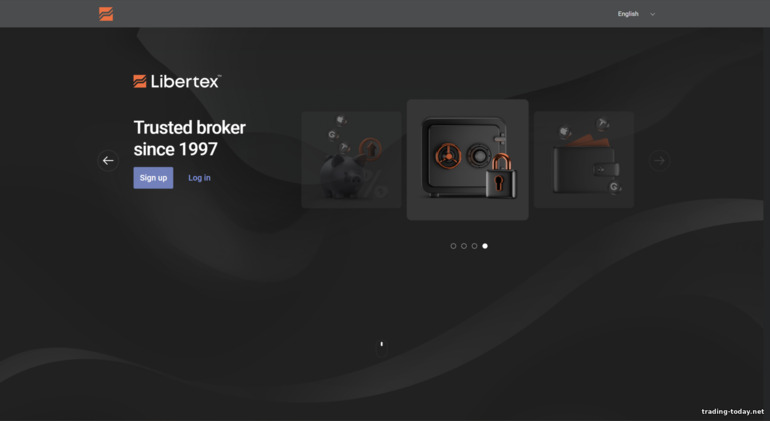

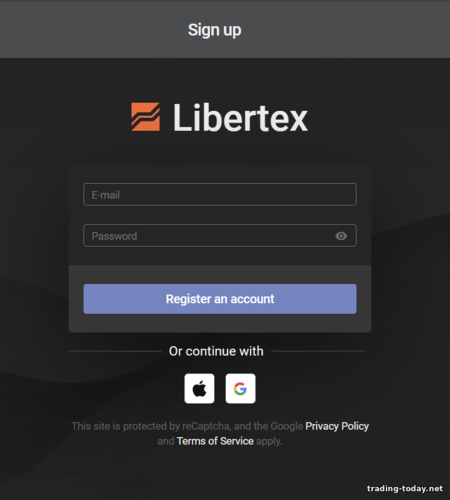
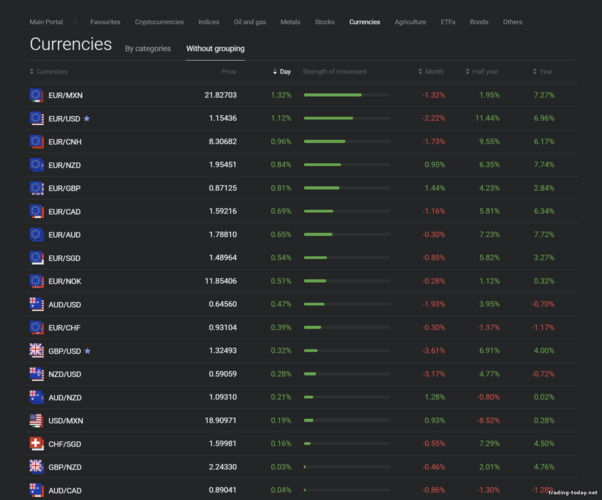
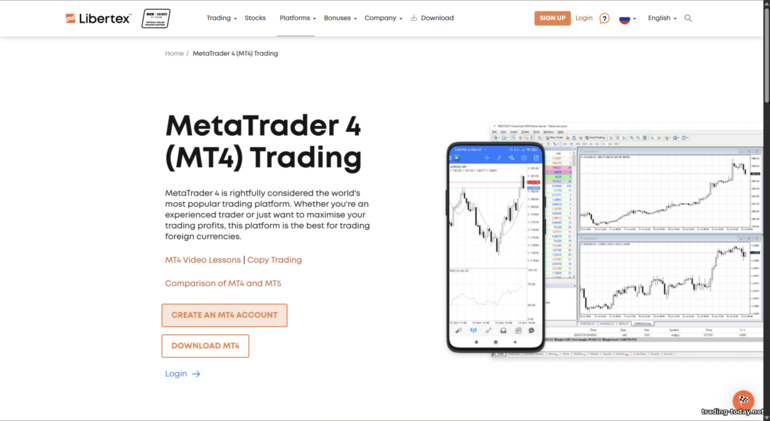
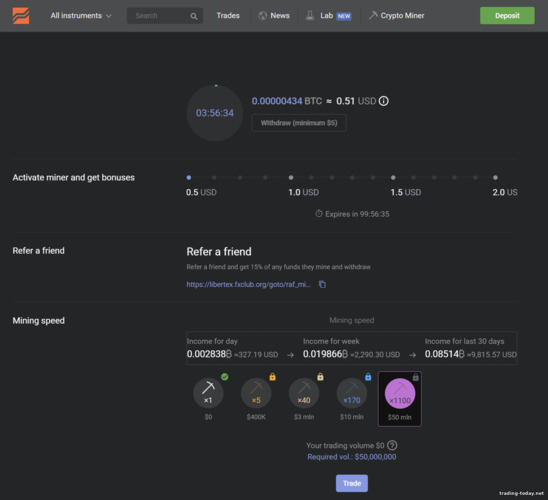
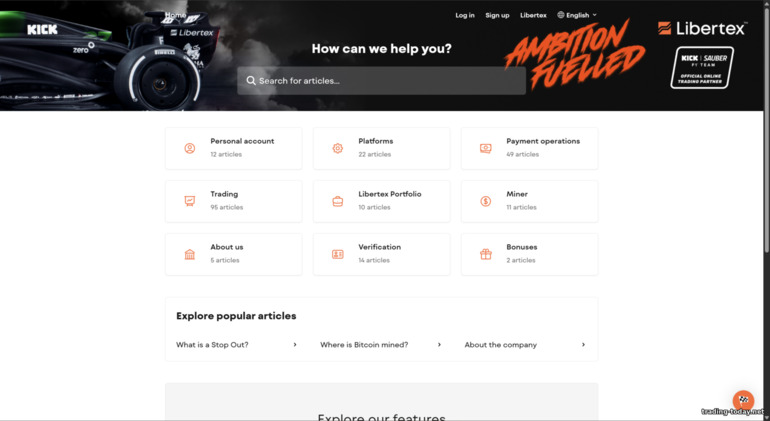
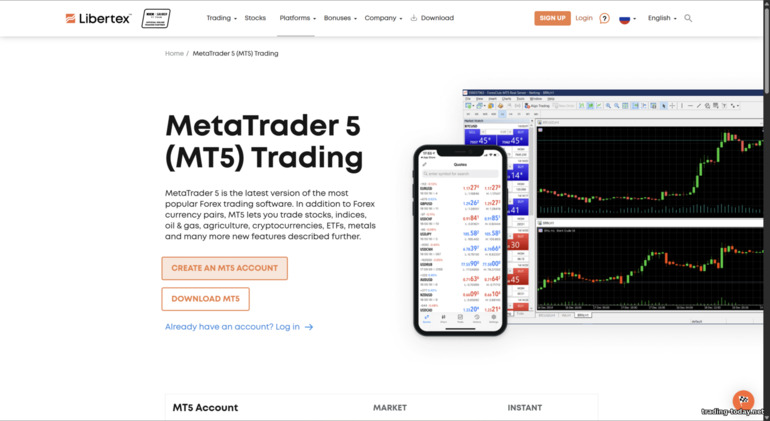
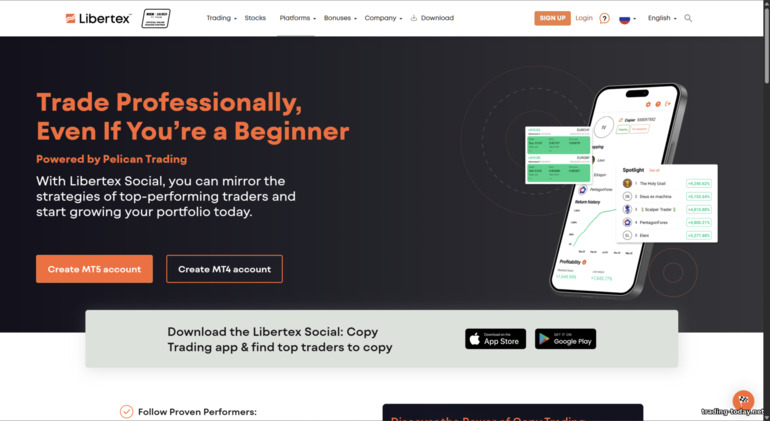


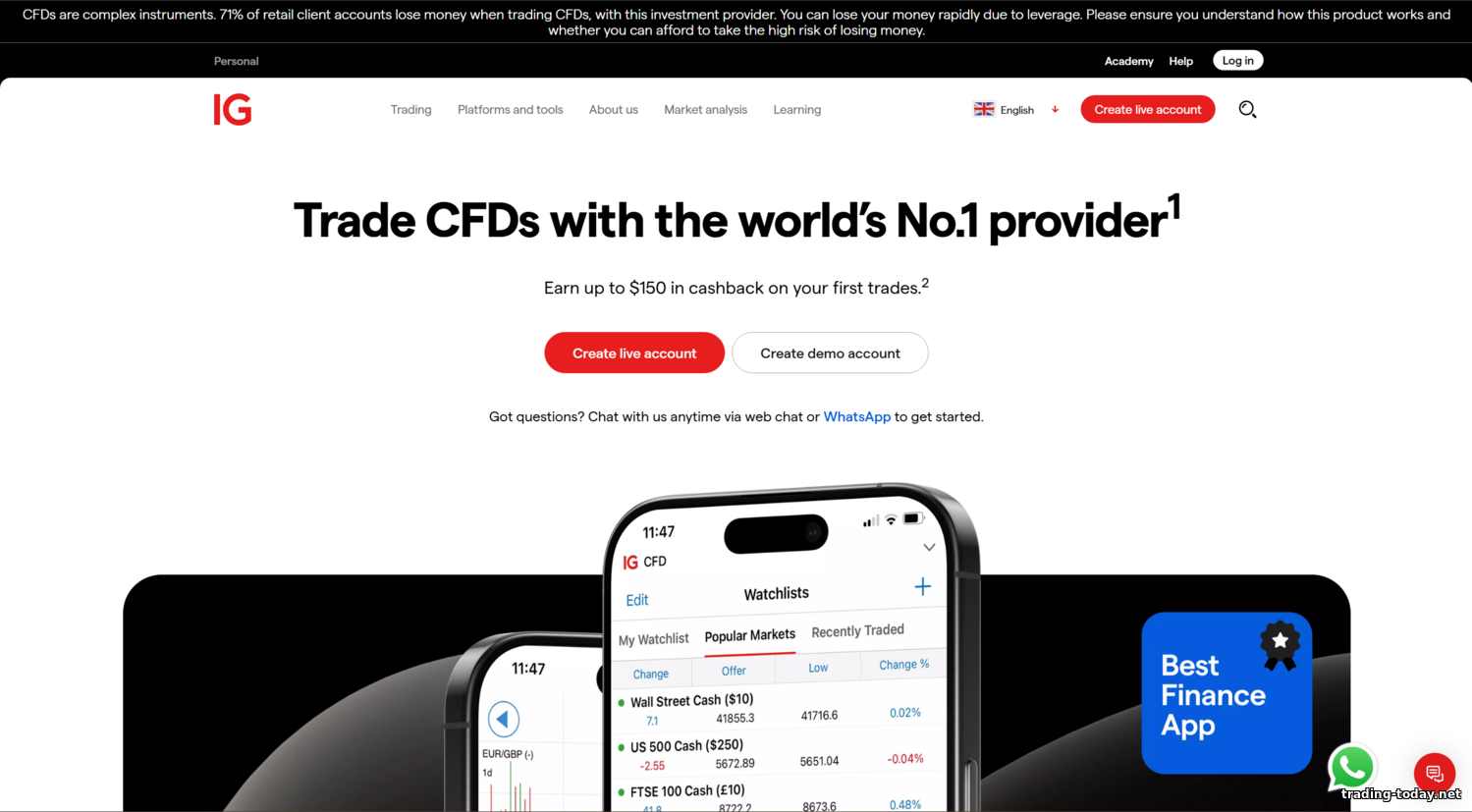

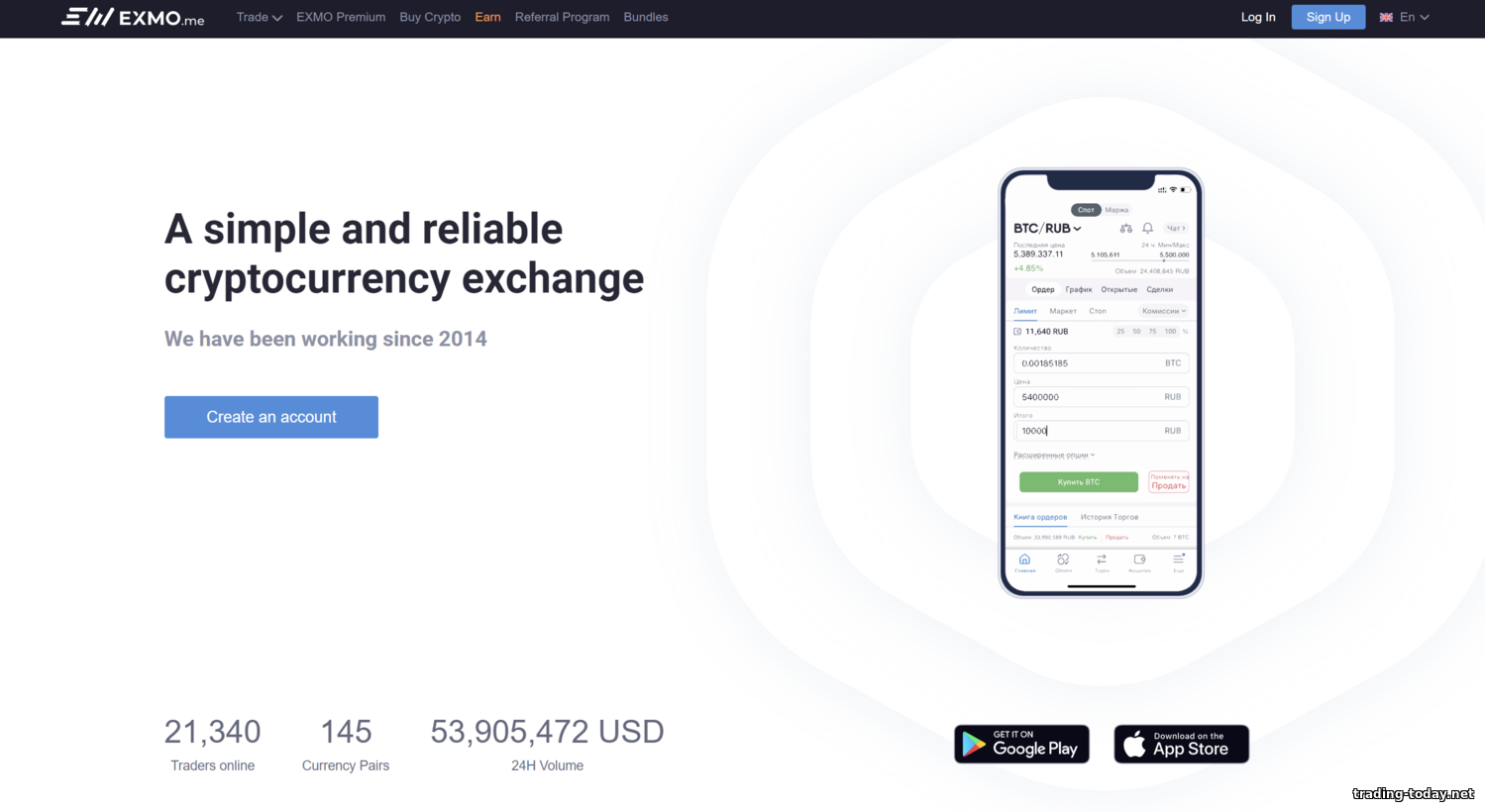

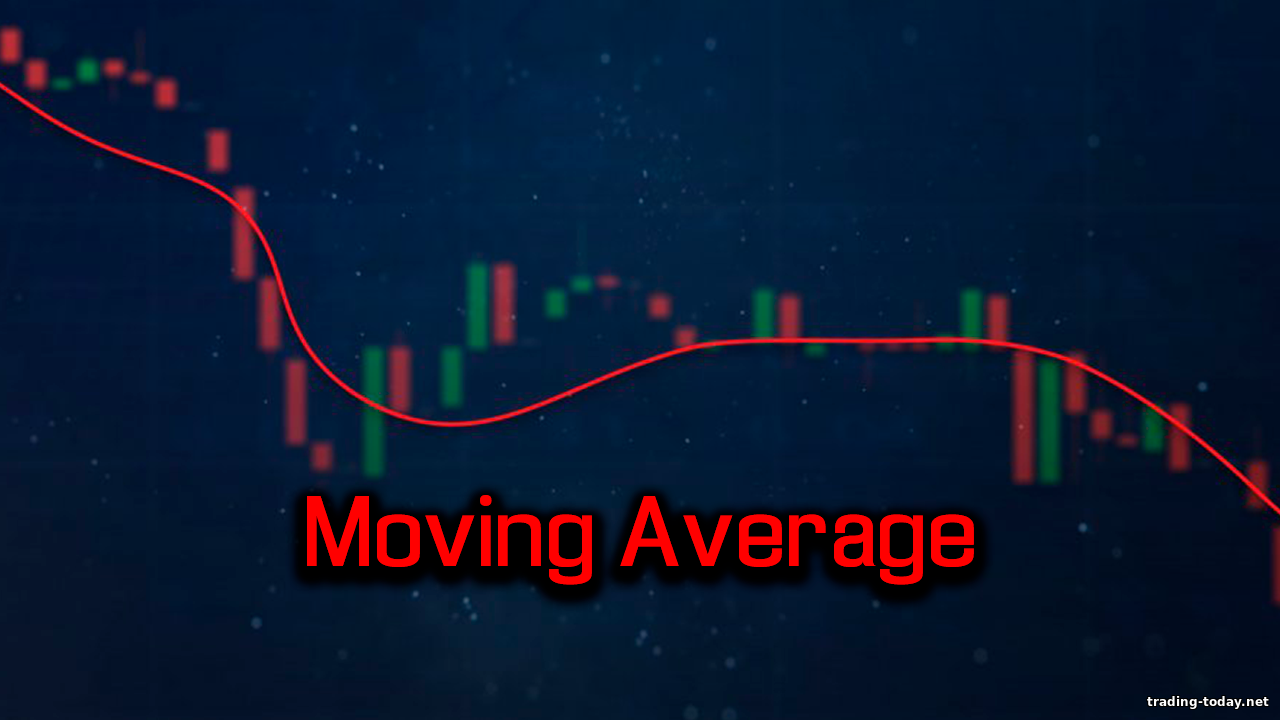
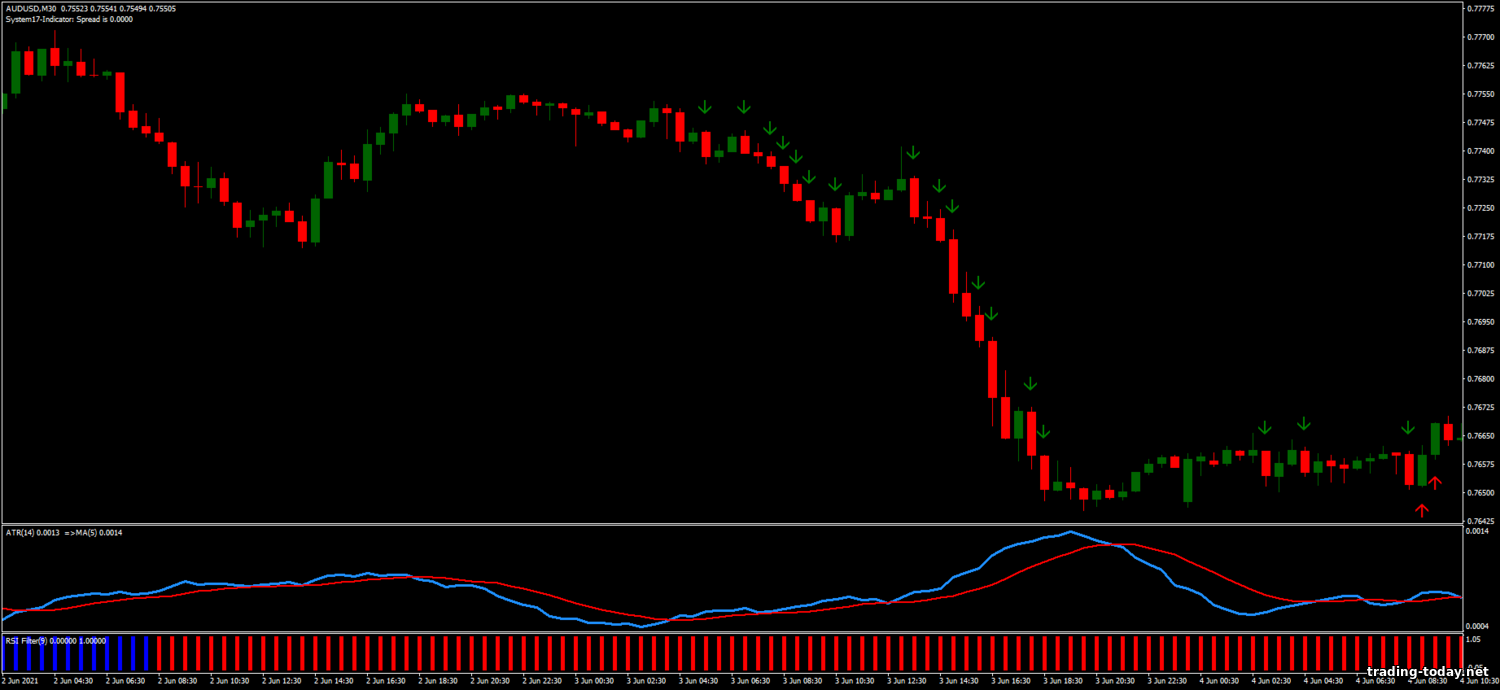
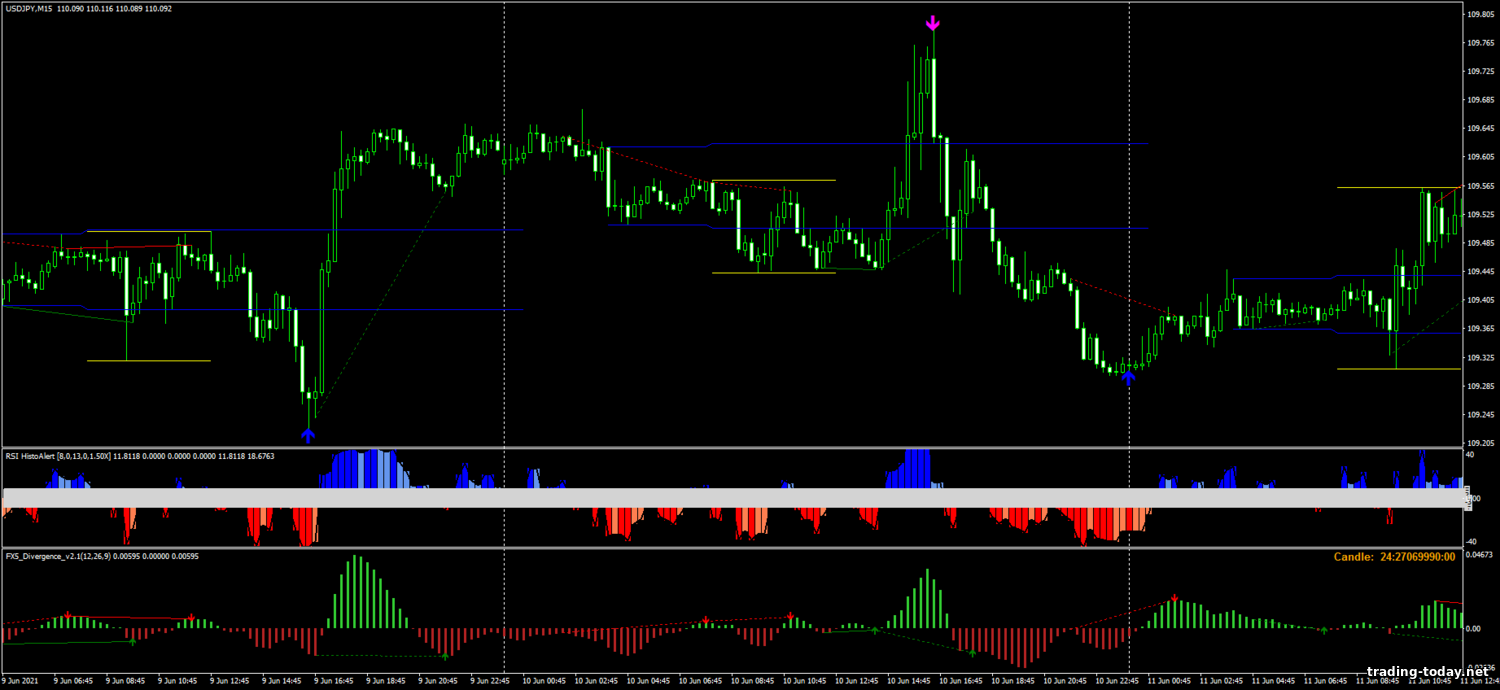
Reviews and comments